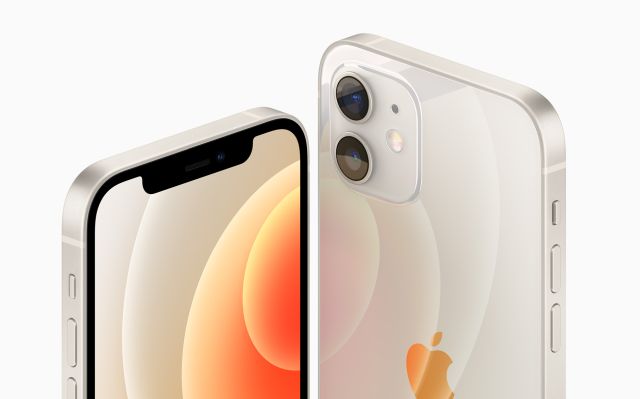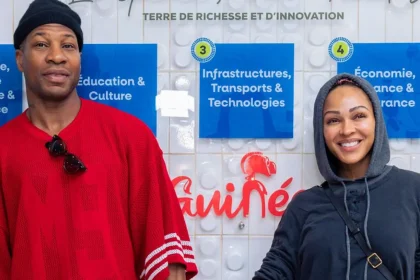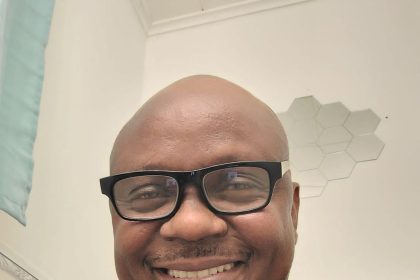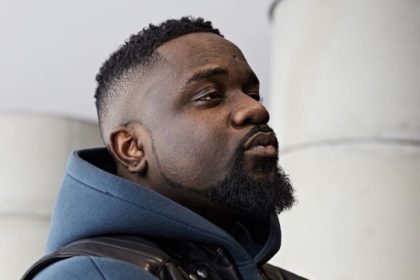The combined might of Apple (iPhone launch day) and Amazon (Prime Day) made for a hectic 24 hours in tech.
But purchasing advice aside (there’s some of that below), I want to focus on Apple’s showcase from the afternoon.
iPhones have 5G and have simultaneously got bigger (iPhone 12 Pro Max has the biggest screen ever) and smaller (the iPhone 12 Mini is adorable and specced identically to the iPhone 12), but the weirdest announcement might be the return of MagSafe.
This was once the charging adapter used on old MacBooks, magnetized so you wouldn’t drag your laptop with you if you ever tripped on the cable. When USB-C came to the series, MagSafe was retired. Until now.
The combined might of Apple (iPhone launch day) and Amazon (Prime Day) made for a hectic 24 hours in tech. But purchasing advice aside (there’s some of that below), I want to focus on Apple’s showcase from the afternoon. iPhones have 5G and have simultaneously got bigger (iPhone 12 Pro Max has the biggest screen ever) and smaller (the iPhone 12 Mini is adorable and specced identically to the iPhone 12), but the weirdest announcement might be the return of MagSafe.
This was once the charging adapter used on old MacBooks, magnetized so you wouldn’t drag your laptop with you if you ever tripped on the cable. When USB-C came to the series, MagSafe was retired. Until now.
The iPhone 12 will come in a mini version
All the same specs, tinier footprint.
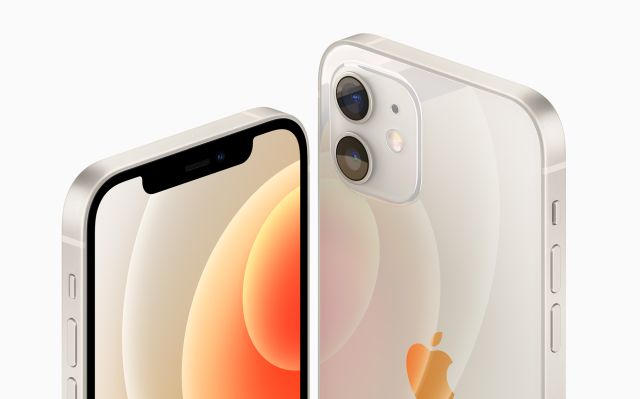
Now, it’s not that the 6.1-inch iPhone 12 itself isn’t interesting, it’s that Apple swept the rug from under our feet with the iPhone 12 mini — all the same specs but a smaller 5.4-inch OLED display. Apple said the new device is the smallest and lightest 5G phone in the world.
From there, we can talk about all the specs and features the two phones share. Yes, the iPhone 12 will include 5G connectivity, a first for an iPhone. The iPhone 12 works with the “sub-6” spectrum that is more widely deployed currently. In the US, at least, the iPhone 12 will also work with mmWave 5G networks.
The iPhone 12 includes Apple’s new 5nm A14 Bionic chipset which consumes 30 percent less power. There’s also an upgraded rear camera system with a 12-megapixel primary camera with an f/1.6 aperture lens. Apple says the camera performs 27 percent better in low light conditions than the main camera on the iPhone 11. This is flanked by the same ultra-wide camera that was in the iPhone 11. The new phones are also compatible with those MagSafe accessories we mentioned at the start of today’s newsletter.
The iPhone 12 will cost $829 at launch with 64GB of storage, or $799 if you buy and activate with AT&T or Verizon. For the iPhone 12 mini, prices start at $699 if you buy it through AT&T or Verizon. Otherwise, it starts at $729.
The Pro iPhone 12s come with stainless steel cases and LiDAR
Meet the biggest iPhone screen yet.
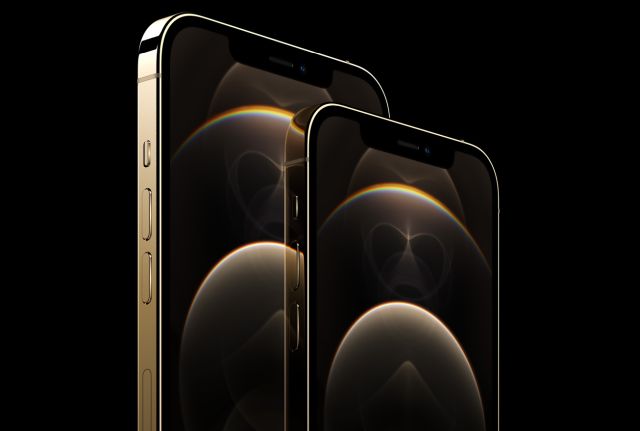
At the high-end of the iPhone 12 experience, the Pro and Pro Max models feature bigger screens (6.1-inches and 6.7-inches) and a flat-edged design that references the iPad Pro tablets. They’re also encased in stainless steel and, perhaps most notably, add LiDAR sensors, just like the most recent iPad Pro.
Their MagSafe charging tech and 5G connectivity match the smaller phones, and they still have a three-camera design like previous Pro models. The Pro Max’s main camera has a “47-percent larger sensor” with 1.7μm pixels for improved low-light performance. That LiDAR promises to not only upgrade AR experiences but also contribute to a 6x faster autofocus in low-light situations.
iPhone 12 Pro starts at $999 with 128GB of storage, while the iPhone 12 Pro Max starts at $1,099. Pro pre-orders start Friday ahead of shipments on October 23rd, while the Pro Max pre-orders start November 6th before the devices ship on November 13th.


